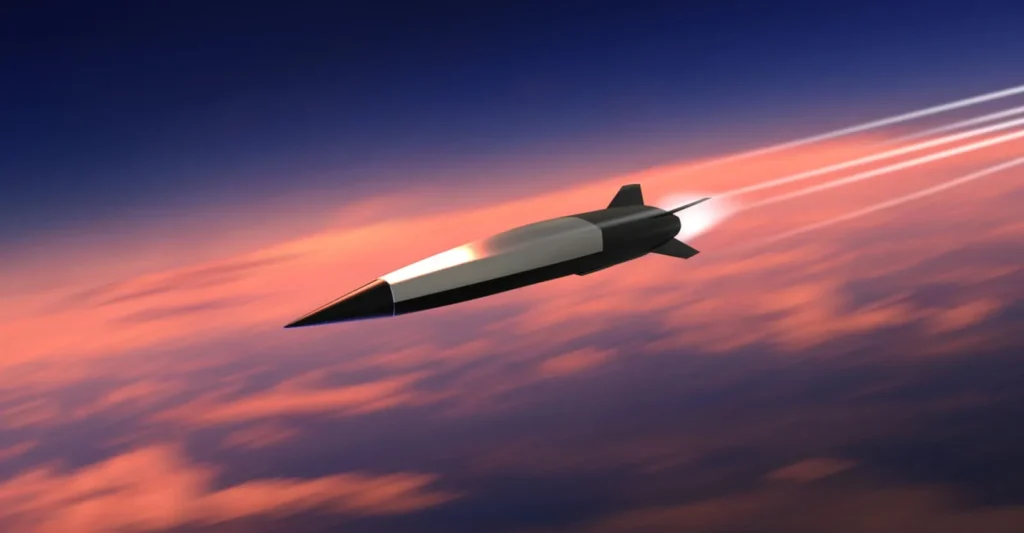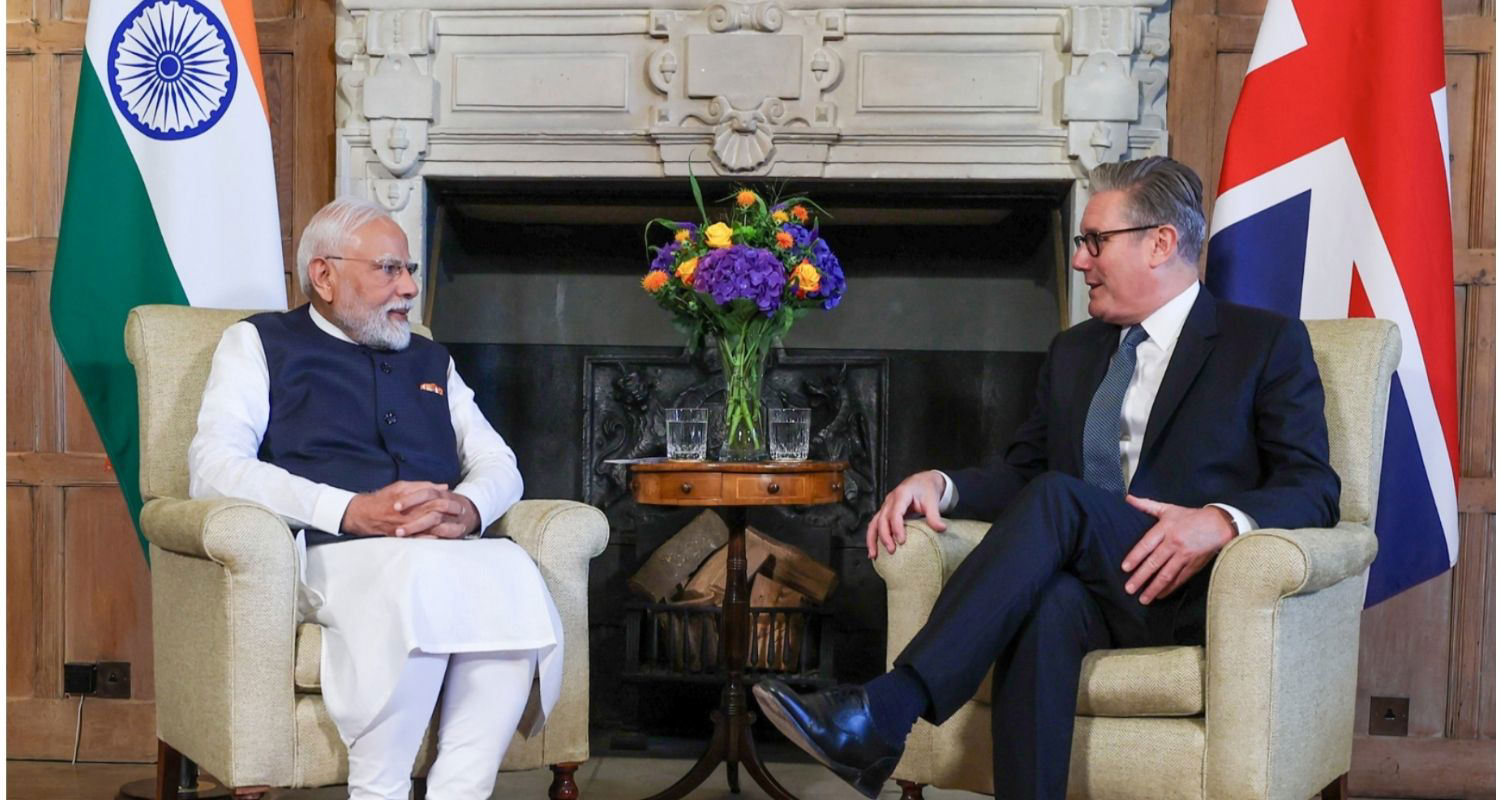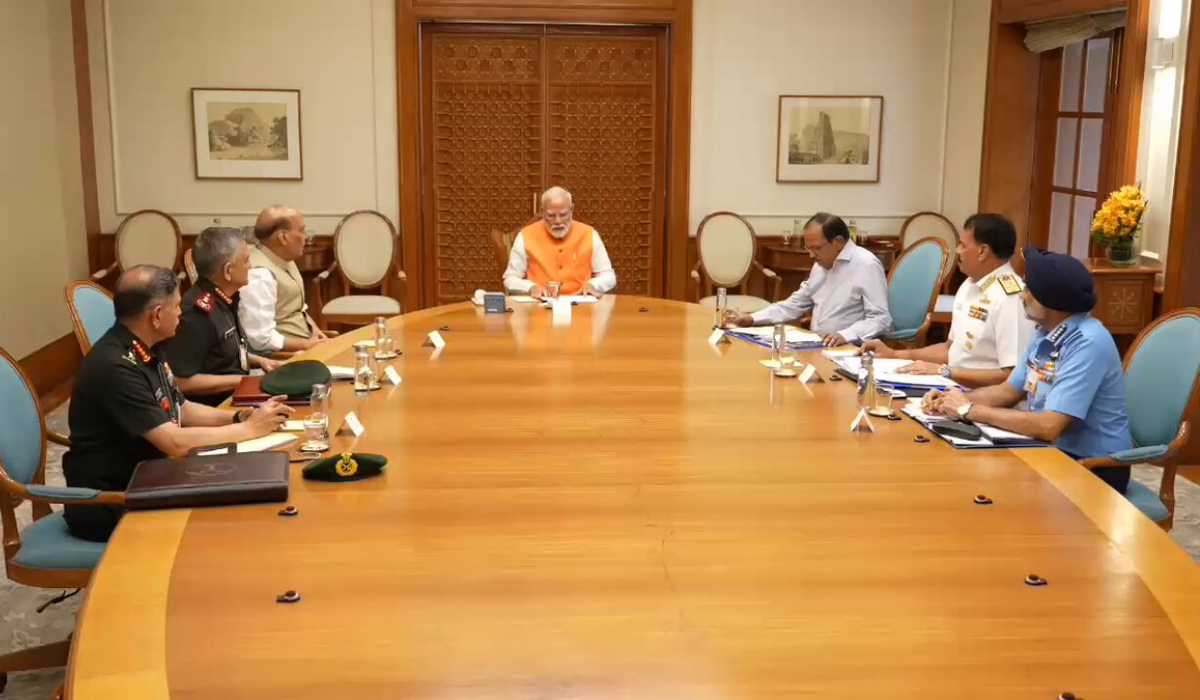India has signed a mega defence deal worth USD 468 million with the United Kingdom for the purchase of Lightweight Multirole Missile (LMMs), also known as “Martlet” missiles, manufactured by Thales in Northen Ireland. The agreement was formalised during high-level meetings between Prime Minister Narendra Modi and UK Prime Minister Keir Starmer, marking a new era in bilateral defence and strategic coorperation. In addition to the missile procurement, the two nations also signed as Implementing Agreenent on electric propulsion systems for naval ships, valued at USD 335 million.
The LMM / Martlet is a compact, precision-guided missile capable of engaging fast-moving, small, and low-signature targets. It is designed for flexibilty, cost-effectiveness, and low collateral damage- making it suitable for modern asymmetric warfare environments.

Operational Significance for India
- Flexible Deployment :- Can be mounted on multiple platforms- helicopters, naval patrol vessels, coatal defence batteries, and tactical UAVs.
- Enhanced Tactical Capability :- Ideal for countering UAVs, swarm drones, and small boat threats in littoral waters and border zones.
- Reduced Collateral Damage :- Due to smaller warhead size and precision targeting, the missile provides lethal accuracy with minimal risk to nearby assets.
- Improved Layered Air Defence :- The missile will enhance India’s Shot-Range Air Defence (SHORAD) capability, complementing existing systems like Akash, Spyder and QRSAM.
- Naval Integration :- Especially beneficial for Indian Navy’s coastal patrol ships and Advanced Light Helicopters (ALH) for anti-drone and anti-piracy roles.
The Companion Agreement: Naval Electric Propulsion
Alongside the missile deal, India and the UK signed an Implementing Agreement on Naval Electric Propulsion Technology, valued at USD 250 million.
Significance :-
- Enables collaboration on integrated electric propulsion (IEP) systems- a technology used in advanced warships such as destroyers and aircraft carriers.
- Supports India’s transition towards green, efficien, and low-noise naval propulsion systems.
- Opens avenues for co-development and technology sharing between Indian shipyards and UK marine technology firms.
Strategic and Geopolitical Significance
- Deepening India- UK Defence Ties :– The deal represents a major step in long-term strategic cooperation. It moves beyond simple procurement to industrial and technological partnership.
- UK’s Indo-Pacific Outreach :- The UK, post- Brexit, is actively seeking stronger strategic presence in the Indo-Pacific region. Partnering with India enhances its geopolitical foothold.
- India’s Defence Diversification :– India is gradually reducing dependence on Russian weapon systems and engaging with Western partners like France, the US, and the UK.
- Boost to UK Defence Industry :– The deal safeguards hundreds of jobs in Northern Ireland, providing domestic political and economic benefits to the UK govermnet.
- Atmanirbhar Bharat (Self-Reliance) Potential :– While initial production may be UK-based, future collaboration could pave the way for local assembly or licensed manufacture in India under “Make in India.”
Broader Defence Cooperation Outlook
The deal is being seen as a precursor to broader complex weapons collaboration between the UK’s Defence Equipment & Support (DE&S) and India’s DRDO and HAL.
Both nations may explore joint research and development in areas like:
- Counter- USA systems
- Naval weapons
- Electronic warfare systems
- Artificial intelligence in defence
This fits into the broader India-UK 2030 Roadmap, which aims to elevate the bilateral relationship into a comprehensive strategic partnership.
CONCLUSION
- India -UK missile deal worth USD 468 million marks a historic leap in bilateral defence cooperation.
- Lightweight Multirole Missile (LMM / Martlet) will strengthen India’s short-range, precision engagement capabilities.
- The agreement is strategically and economically beneficial to both nations.
- The parallel naval propulsion agreement points to a long-term technological partnership beyond weapons.
- Actual benefits for India will depend on technology transfer, local production, and timely integration.






